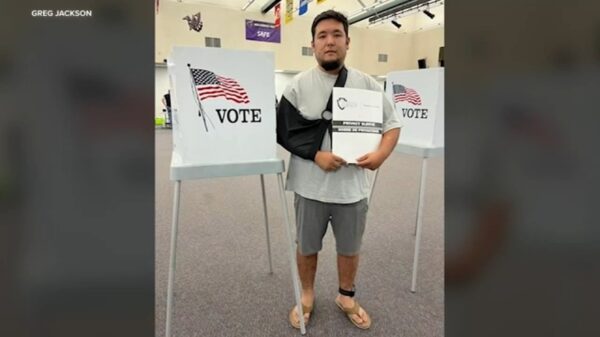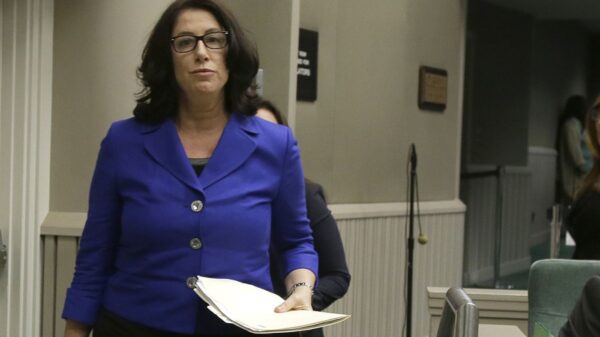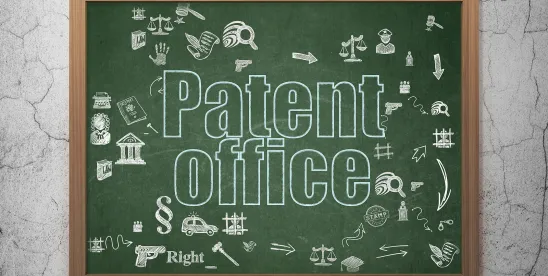Annapolis is currently considering the implementation of ranked-choice voting in an effort to create a more equitable electoral process. This system, which allows voters to rank candidates in order of preference, aims to reflect the broader preferences of the voting population. However, critics argue that it may complicate the election process and potentially disenfranchise voters.
Ranked-choice voting is designed to ensure that candidates achieve a majority by allowing voters to select multiple candidates in order of preference. Similar to systems already in place in cities like New York City, the proposed ordinance would permit voters in Annapolis to rank up to five candidates. If no candidate receives more than 50% of the first-choice votes, the candidate with the fewest votes is eliminated, and the process continues until a winner emerges.
Despite its intentions, the mechanics of ranked-choice voting can be confusing. For instance, in subsequent rounds, multiple candidates can be eliminated if it is deemed “mathematically impossible” for them to win. This means that votes for eliminated candidates only count if they are redirected to those still in contention. Consequently, voters who support less popular candidates may feel pressured to select more mainstream options as their second choice to ensure that their vote carries weight in the final tally.
Critics like political analyst Armstrong Williams argue that this system undermines the very purpose it seeks to serve. Williams contends that voters may be incentivized to rank candidates based on their perceived popularity rather than personal preference. He emphasizes that the system could lead to outcomes contrary to the democratic process, where the candidate with the most votes should simply win.
Alternative voting systems have been proposed in the past, including the Bucklin system, which counts every ranked vote in each round. However, this approach faced significant backlash, particularly when less favored candidates emerged victorious in later rounds, leading to accusations of unfairness.
As Annapolis deliberates on the adoption of ranked-choice voting, advocates argue that the system enhances representation and voter choice. Nonetheless, opponents maintain that the traditional method of counting votes—where the candidate with the most votes wins—remains the most straightforward and transparent approach to elections.
The ongoing debate highlights a critical question about the nature of democracy itself. Is it merely a reflection of consensus, or should it prioritize straightforward outcomes based on popularity? The outcome of Annapolis’s consideration may set a precedent for similar discussions in other jurisdictions contemplating ranked-choice voting.
As the conversation continues, it remains to be seen how this change, if implemented, will affect voter engagement and election outcomes in Annapolis and beyond.



































































